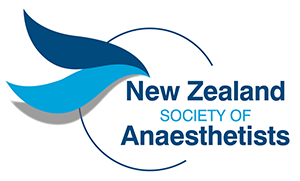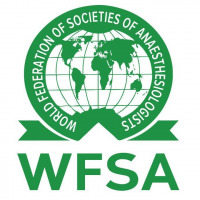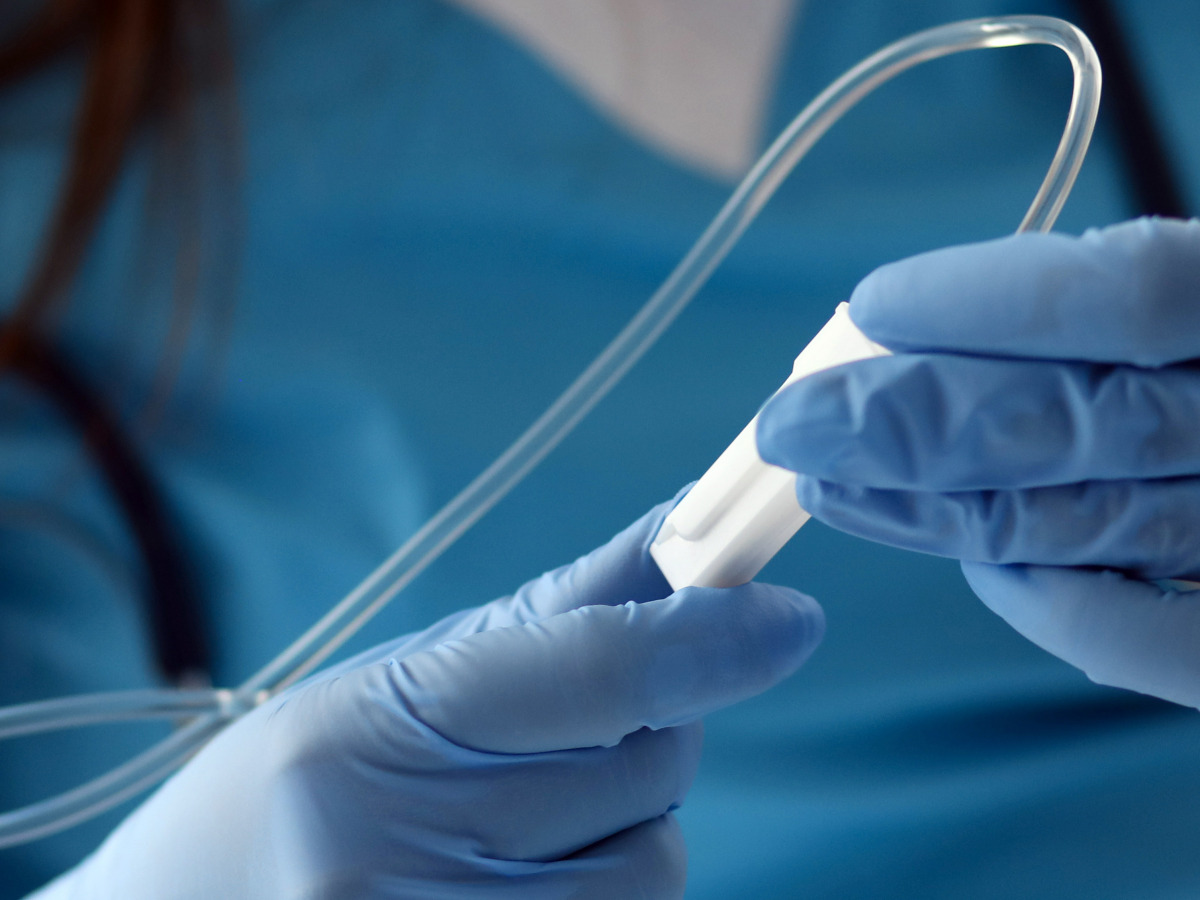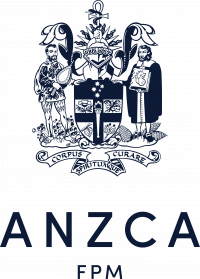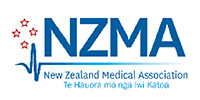The NZSA, as part of its wider role in anaesthesia education and in its capacity as a registered charity, has made a commitment to assist as needed in the Pacific region. Ted Hughes (whose family is from Atiu) and John Wilson from New Zealand Army aid work forged links with Rarotonga Hospital, so Rarotonga seemed a logical place to start.
The Cooks has, since 1906, been firmly associated with New Zealand. Many New Zealanders holiday there, Cook Islanders are New Zealand citizens, use New Zealand currency, are schooled in English using mainly a New Zealand curriculum, and many Cook Islanders live and train in New Zealand.
In June 2009 an NZSA team visited Rarotonga Hospital to investigate how the Society could help improve anaesthesia services. The team consisted of Ted Hughes – anaesthetist; Lyall Trethowen – anaesthetic technician; Ivan Batistich – biomedical engineer and Margaret Blakeley – engineer. At a later date, Ted Hughes also visited hospitals at two of the outer islands, Atiu and Aitutaki, and attended the Cook Islands Health Conference.
The team produced a detailed report with recommendations of changes the hospital could make and ways that NZSA could help. Some of its suggestions have been implemented by the hospital management. Assistance by the NZSA to date has taken several forms including training of anaesthetic staff and providing cover for them. The hospital has a single anaesthetist and one anaesthetic technician who are permanently on call. Cover has enabled them to take much needed leave and to attend courses.
Members are encouraged to assist with this work (contact tedhug@gmail.com). The Cook Island Ministry of Health cannot pay a salary, but airfares may be paid and a per diem allowance made to cover expenses. Some NZSA members working in the public sector may be able to claim the work as a sabbatical or request special leave with pay. ANZCA may also be prepared to view it as a CME activity.
Other ways to assist include sourcing donations of machinery. Auckland City and Gillies Hospitals gifted several anaesthetic machines which were accepted by the NZSA for use in Rarotonga under our auspices. NZSA members have been filling up a container to be shipped to Rarotonga with equipment deemed surplus to requirements in New Zealand hospitals.
If you can help source an item, the most suitable equipment for an environment like the Cook Islands is not the latest electronic equipment but a previous generation of equipment which is much more robust and needs less maintenance. For example, several hospitals in NZ decommissioned pneumatic gas-driven machines held in storage after being retired from use.
Probably the most important function of a mission such as this is establishing relationships between staff at Rarotonga Hospital and their counterparts in NZ. When NZSA members and supporters have been working there we have tried to facilitate this as much as possible.
